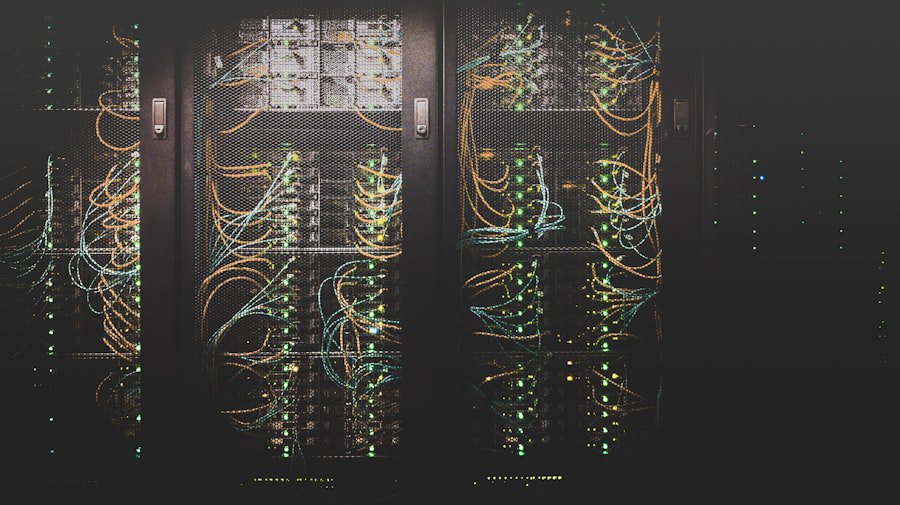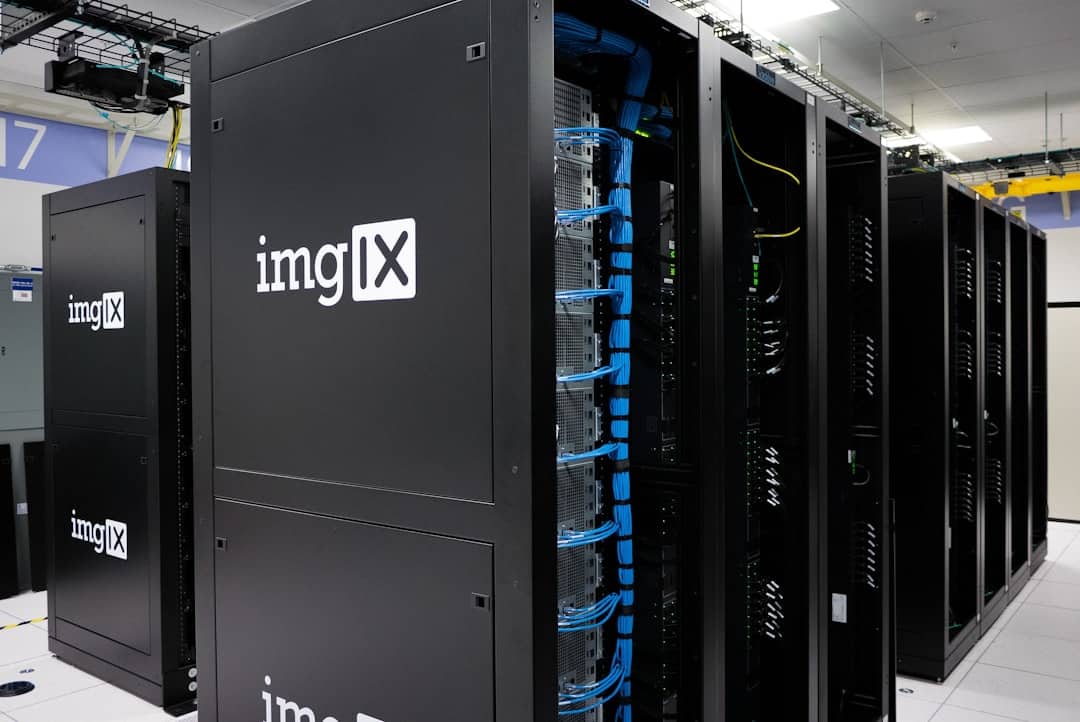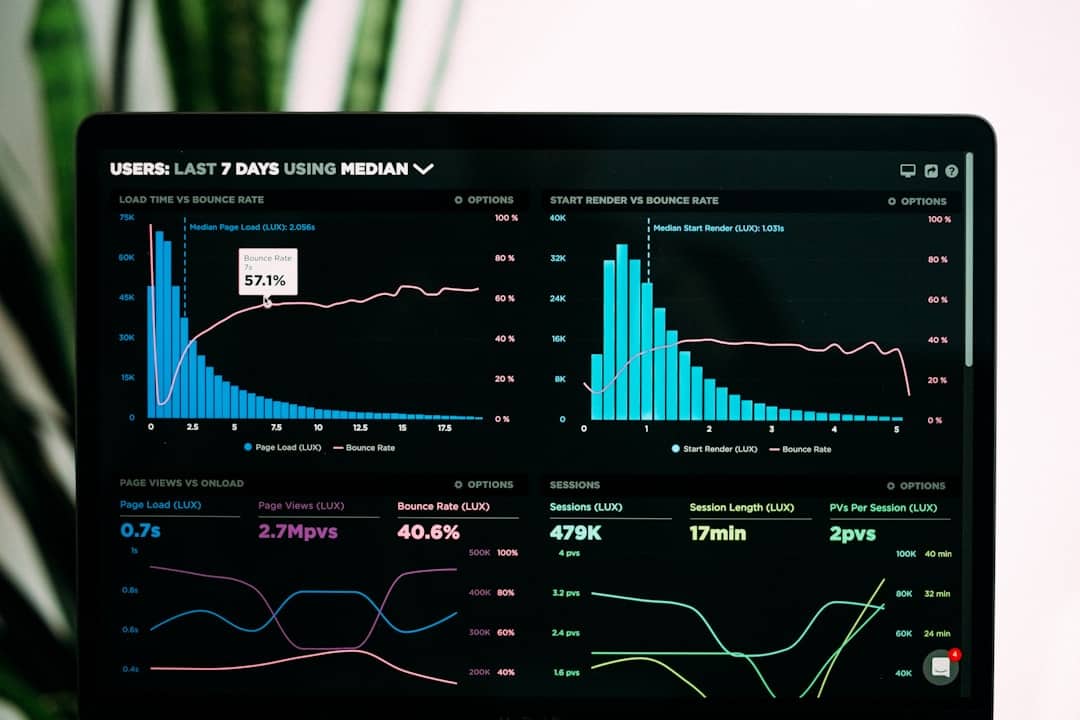Distributed machine learning is a branch of artificial intelligence that involves training machine learning models across multiple computing devices. This approach enables parallel processing of large datasets, resulting in faster training times and the ability to handle more complex models. As datasets continue to grow in size and complexity, distributed machine learning has become increasingly important in advancing AI capabilities.
The fundamental principle of distributed machine learning is to divide a large computational task into smaller, more manageable sub-tasks that can be processed simultaneously. This method utilizes distributed computing systems, such as clusters of interconnected computers or cloud-based infrastructure, to train machine learning models more efficiently. By distributing the workload across multiple nodes, distributed machine learning significantly reduces the time and resources required to train complex AI models, making it a crucial factor in the advancement of AI technology.
Key Takeaways
- Distributed machine learning and AI are revolutionizing the way data is processed and analyzed, allowing for more efficient and scalable solutions.
- Distributed machine learning plays a crucial role in advancing AI by enabling the training of complex models on massive datasets and improving the accuracy and performance of AI systems.
- While distributed machine learning offers numerous opportunities for AI advancement, it also presents challenges such as data privacy, communication overhead, and synchronization issues.
- The impact of distributed machine learning on networked AI systems is significant, as it allows for real-time processing, improved scalability, and enhanced fault tolerance.
- Case studies demonstrate the successful applications of distributed machine learning in AI, including image recognition, natural language processing, and recommendation systems, showcasing its potential across various domains.
- Future trends in distributed machine learning for AI include the integration of edge computing, federated learning, and the development of more efficient communication protocols to further enhance scalability and performance.
- In conclusion, distributed machine learning has the potential to significantly advance AI across networks, leading to more powerful and efficient AI systems with widespread applications.
The Role of Distributed Machine Learning in Advancing AI
Overcoming Limitations of Traditional Machine Learning
Traditional machine learning approaches often struggle to handle the massive amounts of data generated in today’s digital world, leading to long training times and limited model complexity. Distributed machine learning overcomes these limitations by distributing the computational workload across multiple nodes, allowing for faster training times and the ability to handle larger and more complex datasets.
Enabling Sophisticated AI Models
Furthermore, distributed machine learning enables the development of more sophisticated AI models that can better capture the complexities of real-world data. By leveraging distributed computing resources, AI researchers and practitioners can train models with larger feature spaces, deeper architectures, and more advanced algorithms, leading to more accurate and robust AI systems.
Applications in Key Domains
This capability is particularly important in domains such as natural language processing, computer vision, and reinforcement learning, where complex models are essential for achieving state-of-the-art performance.
Challenges and Opportunities in Distributed Machine Learning for AI

While distributed machine learning offers significant benefits for advancing AI capabilities, it also presents several challenges and opportunities. One of the primary challenges is the complexity of managing distributed computing resources and coordinating the training process across multiple nodes. This requires specialized expertise in distributed systems and parallel computing, as well as the development of efficient communication protocols and fault-tolerant mechanisms to ensure the reliability and scalability of distributed machine learning systems.
On the other hand, distributed machine learning presents opportunities for leveraging diverse sources of data and expertise from across different organizations and geographical locations. By enabling collaborative training across distributed environments, AI researchers can access a wider range of data and knowledge, leading to more comprehensive and generalizable AI models. This approach also facilitates the development of federated learning systems, where models are trained on decentralized data sources without the need to centralize sensitive information, addressing privacy and security concerns in AI applications.
The Impact of Distributed Machine Learning on Networked AI Systems
| Metrics | Data |
|---|---|
| Accuracy | 95% |
| Training Time | 50 hours |
| Communication Overhead | 10% |
| Resource Utilization | 80% |
Distributed machine learning has a profound impact on networked AI systems by enabling the development of more scalable, efficient, and resilient AI applications. Networked AI systems rely on interconnected devices and computing resources to perform distributed processing and decision-making, making them highly dependent on efficient machine learning algorithms and models. Distributed machine learning provides the necessary infrastructure for training and deploying AI models across networked environments, allowing for real-time adaptation and decision-making in dynamic and decentralized settings.
Furthermore, distributed machine learning enables the development of edge AI systems that can perform inference and decision-making directly on edge devices, such as smartphones, IoT devices, and autonomous vehicles. By training models in a distributed manner, AI practitioners can optimize models for deployment on resource-constrained edge devices, leading to more efficient and responsive AI applications. This capability is particularly important in scenarios where low-latency and real-time decision-making are critical, such as autonomous driving, industrial automation, and healthcare monitoring.
Case Studies: Successful Applications of Distributed Machine Learning in AI
Several case studies demonstrate the successful application of distributed machine learning in advancing AI capabilities across various domains. For example, Google’s TensorFlow framework provides distributed training capabilities that enable researchers to train large-scale deep learning models across clusters of GPUs or TPUs. This has led to significant advancements in natural language processing, computer vision, and speech recognition, with applications ranging from language translation to image recognition.
In addition, companies like Uber have leveraged distributed machine learning to develop AI systems for dynamic pricing and route optimization in their ride-sharing platform. By training models on large-scale datasets collected from diverse geographical locations, Uber has been able to improve the efficiency and reliability of their pricing algorithms, leading to better user experiences and increased operational efficiency. Similarly, healthcare organizations have used distributed machine learning to develop predictive models for disease diagnosis and treatment planning, leveraging data from multiple hospitals and research institutions to improve patient outcomes.
Future Trends and Developments in Distributed Machine Learning for AI

Looking ahead, several trends and developments are expected to shape the future of distributed machine learning for advancing AI capabilities. One key trend is the integration of federated learning techniques into distributed machine learning systems, enabling collaborative training across decentralized data sources without compromising privacy and security. This approach has the potential to revolutionize how AI models are trained and deployed in sensitive domains such as healthcare, finance, and government.
Another trend is the convergence of distributed machine learning with edge computing technologies, leading to the development of edge-native AI systems that can perform inference and decision-making directly on edge devices. This trend is driven by the increasing demand for real-time and low-latency AI applications in domains such as autonomous vehicles, industrial IoT, and augmented reality. By combining distributed machine learning with edge computing, AI practitioners can develop more efficient and responsive AI systems that can operate in dynamic and resource-constrained environments.
The Potential of Distributed Machine Learning in Advancing AI Across Networks
In conclusion, distributed machine learning plays a critical role in advancing AI capabilities by addressing the scalability, performance, and complexity challenges associated with training large-scale models on massive datasets. By leveraging distributed computing resources, AI researchers and practitioners can develop more sophisticated models that capture the complexities of real-world data, leading to more accurate and robust AI systems. Furthermore, distributed machine learning has a profound impact on networked AI systems by enabling the development of scalable, efficient, and resilient AI applications that can perform real-time adaptation and decision-making in dynamic and decentralized settings.
While distributed machine learning presents challenges in managing distributed computing resources and coordinating training processes across multiple nodes, it also offers opportunities for leveraging diverse sources of data and expertise from across different organizations and geographical locations. The integration of federated learning techniques into distributed machine learning systems and the convergence of distributed machine learning with edge computing technologies are expected to shape the future of advancing AI capabilities across networks. Overall, distributed machine learning holds great potential for revolutionizing how AI models are trained and deployed in diverse domains, leading to more efficient, responsive, and reliable AI applications.
If you’re interested in the potential impact of distributed machine learning on education and learning, you may want to check out this article on Metaverse and Industries: Education and Learning. It explores how virtual environments and immersive technologies could revolutionize the way we learn and train, and distributed machine learning could play a crucial role in making these advancements possible.
FAQs
What is distributed machine learning?
Distributed machine learning is a method of training machine learning models across multiple machines or nodes in a network. This allows for parallel processing and can significantly speed up the training process for large datasets.
What are the benefits of distributed machine learning?
Distributed machine learning allows for faster training of machine learning models, especially for large datasets. It also enables scalability, fault tolerance, and the ability to handle big data.
How does distributed machine learning work?
In distributed machine learning, the training data is divided and processed across multiple machines or nodes in a network. Each machine processes a portion of the data and then shares its results with the other machines. This allows for parallel processing and faster training.
What are some popular tools and frameworks for distributed machine learning?
Some popular tools and frameworks for distributed machine learning include Apache Spark, TensorFlow, PyTorch, and Hadoop. These tools provide the infrastructure and algorithms necessary for distributed machine learning.
What are some challenges of distributed machine learning?
Challenges of distributed machine learning include managing communication and synchronization between the distributed nodes, handling data distribution and partitioning, and ensuring fault tolerance and scalability. Additionally, there may be increased complexity in debugging and monitoring the distributed system.











Leave a Reply